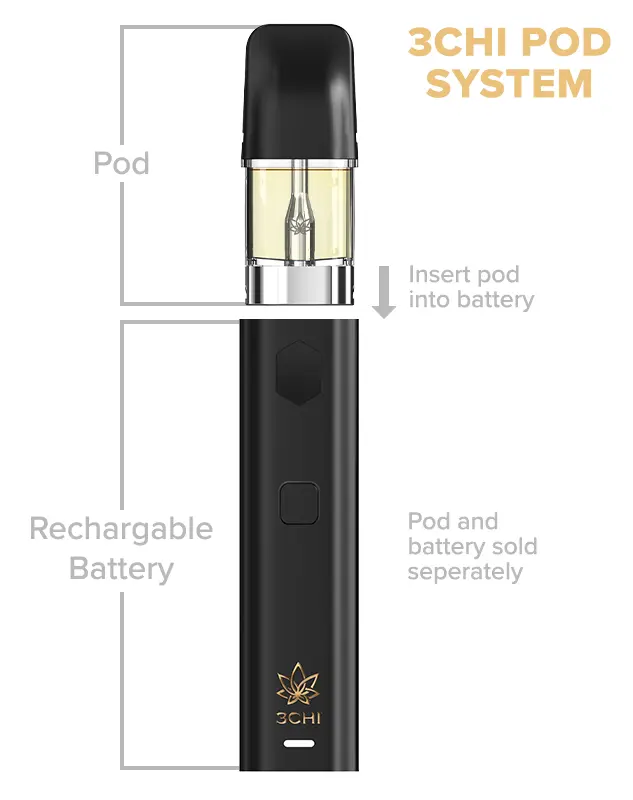The Ecological Influence of Non Reusable Vapes: Are They Truly Sustainable?
As society significantly shifts in the direction of eco-conscious usage practices, the sustainability of items has come under analysis especially previously. Disposable vapes, a thriving market sector in the vaping industry, have stimulated discussions regarding their environmental impact. The benefit and ease of use that disposable vapes supply are obvious, yet under the surface area exists an intricate web of ecological repercussions that question about their real sustainability. With issues varying from resource removal to lose disposal, diving right into the ecological impact of non reusable vapes reveals a diverse problem that deserves closer evaluation.
Ecological Influence of Disposable Vapes

Unlike traditional vapes that can be refilled and reused, non reusable vapes are created for a single-use cycle, resulting in a rapid buildup of electronic waste. The manufacturing procedure of disposable vapes likewise consumes useful sources and power, further intensifying their ecological footprint. Incorrect disposal of these devices can cause dirt and water contamination, positioning threats to wild animals and ecosystems.

Manufacturing Refine and Source Usage
Throughout the production of disposable vapes, significant quantities of resources and power are taken in, adding to their total environmental influence. The manufacturing process of disposable vapes includes the extraction and processing of raw products such as metals for the gadget components, plastic for the housing, and lithium-ion batteries for the power source. These processes require substantial power inputs and can cause the generation of greenhouse gas discharges, contributing to environment change. In addition, the manufacturing of non reusable vapes commonly entails using non-renewable sources, better diminishing finite materials.
Furthermore, the manufacturing of non reusable vapes likewise produces waste and pollution. Factories producing these tools may release unsafe chemicals and by-products into the dirt, water, and air, influencing local communities and areas. The disposal of making waste, such as plastic scraps and digital components, can better intensify ecological degradation if not managed appropriately. Consequently, the manufacturing process of non reusable vapes plays a considerable duty in their general ecological footprint and sustainability factors to consider.
Waste Generation and Disposal Obstacles
Because of the resource-intensive manufacturing process of non reusable vapes, the management of waste generation and disposal presents significant environmental challenges. Disposable vapes contribute to the mounting concern of electronic waste because of their single-use nature and facility structure. The batteries, wiring, and plastic elements of disposable vapes make them difficult to recycle successfully, leading to a substantial quantity of e-waste winding up in garbage dumps. Improper disposal of these tools can lead to dangerous chemicals seeping into the soil and water, posturing dangers to ecological communities and human health and wellness.
In addition, the inappropriate disposal of non reusable vape cartridges, which often have residual pure nicotine and other poisonous compounds, can contaminate the atmosphere if not handled properly. The lack of standardized recycling programs for these cartridges exacerbates the issue, with many winding up in regular waste streams.
To attend to these waste generation and disposal challenges, it is imperative for suppliers to click here for info develop more lasting vape items that are simpler to recycle. In addition, enhanced recognition and education on appropriate disposal approaches among consumers are vital in reducing the environmental influence of disposable vapes.
Chemicals and Toxic Products Usage

In addition, the batteries in non reusable vapes contain heavy metals such as cadmium, lithium, and lead, which are dangerous to the setting if not recycled appropriately. Turn products. Incorrect disposal of these batteries can cause dirt and water contamination, posing risks to communities and human wellness. The extensive use of chemicals and hazardous products in non reusable vapes highlights the value of adopting sustainable techniques in their use, disposal, and production to minimize damaging ecological influences.
Sustainable Alternatives and Solutions
What sustainable choices and solutions can be applied to address the ecological impact of non reusable vapes? Furthermore, promoting liable disposal practices for disposable vapes, such as recycling programs, can aid reduce the environmental effects connected with these items.
Another lasting solution is the advancement of biodegradable vape elements. Manufacturers can check out using naturally degradable products for vape housings, cartridges, and product packaging to decrease the long-lasting environmental impact of these items. Encouraging the usage of vaping items with fewer chemical additives and toxic substances can additionally contribute to a much more lasting vaping sector.
Education and recognition projects can play a vital role in promoting lasting methods among vapers - Turn products. By educating customers about the environmental effect of non reusable vapes and highlighting the advantages of eco-friendly alternatives, individuals can make more educated options that straighten with ecological conservation efforts. Inevitably, a mix of governing measures, technological developments, and consumer actions is important to resolve the ecological obstacles presented by non reusable vapes
Verdict
To conclude, the ecological impact of disposable vapes is substantial as a result of the production process, source consumption, waste generation, and usage of chemicals. Sustainable alternatives and remedies must be taken into consideration to alleviate these unfavorable effects. It is crucial for customers and producers to focus on ecologically friendly techniques to minimize the environmental injury triggered by disposable vapes.
The ecological influence of disposable vapes is an expanding worry as their widespread usage contributes to plastic waste accumulation.Unlike typical vapes that can be filled up and recycled, disposable vapes are designed for a single-use cycle, leading to a fast accumulation of digital waste. The widespread usage of chemicals and toxic materials in non reusable vapes underscores the useful source relevance of adopting lasting practices in their use, disposal, and manufacturing to alleviate unfavorable ecological impacts.
By notifying customers concerning the environmental effect of non reusable vapes and highlighting the benefits of green alternatives, people can make even more informed options that straighten great post to read with environmental conservation efforts.In verdict, the ecological impact of disposable vapes is considerable due to the production process, resource usage, waste generation, and usage of chemicals.